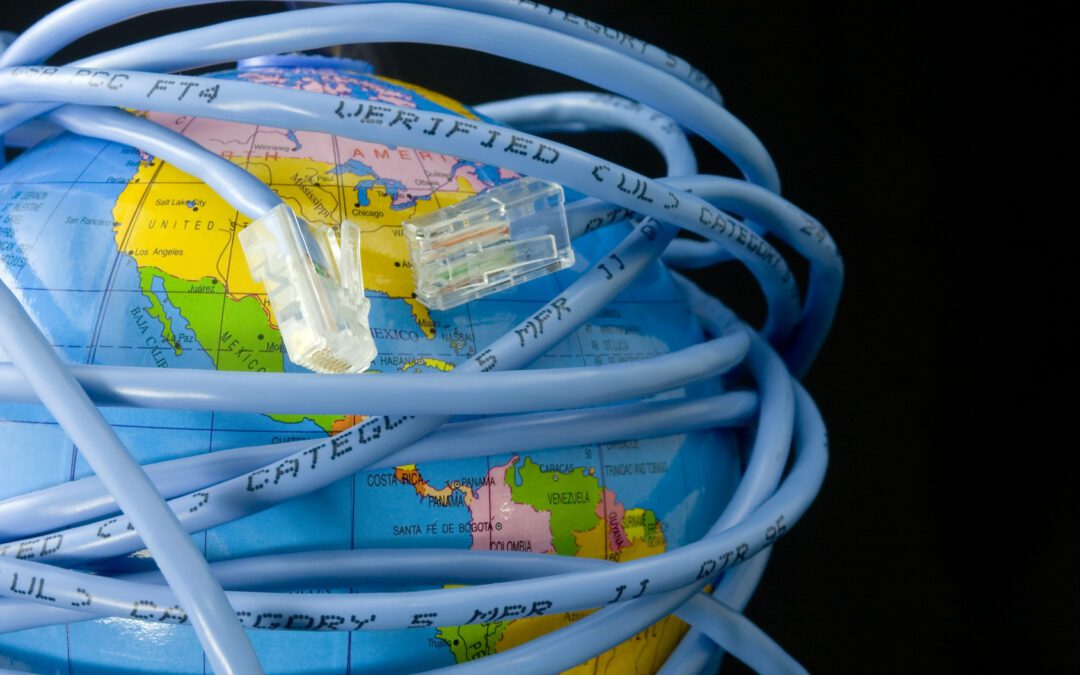Tablestakes. Before we can start talking about the Internet of Things, we must define it. There are many comprehensive definitions out there, but I find Gartner’s definition most inclusive.
The network of physical objects that contain embedded technology to communicate, sense or interact with their internal states or the external environment. – Gartner
It’s important to contextualize the Internet of Things for what it is and why it is. Where and when did this happen and why? As with most technological innovations, the ‘Internet of Things’ — an entity such as it is– is but a string of dominoes in a much longer string of dominoes. That is to say it has emerged from other technological precursors, and did not simply emerge out of the blue. The primary influences driving this emergence?
Driven by explosive technological innovation, a volatile economy, and increasingly global(ized) culture, the Internet of Things is the next revolution in ACCESS
Technological: An explosion in technology and technological infrastructural components and frameworks drives the physical nature and structure of IoT. (internet access/wifi, cloud computing, RFID, GPS, mobile, data storage, sensor technology). While businesses are slow to jump on the IoT bandwagon, almost all of the basic components to the ‘hardware’ and infrastructure as a system are already core elements to current IT infrastructure today, perhaps with the exception of sensors.
Societal/Cultural: Increasing expectation for ease/convenience (in exchange for personal data) results in reliance/trust in mobile and me-centric applications sets the stage for natural consumer understanding and adoption. (convenience, access, privacy, personalization, tech-culture, social media reliance). Businesses have felt a profound impact of these forces, first with social media, later with collaboration and shared access. From a consumer standpoint, our growing reliance/trust on digital channels for information, efficiency, and intelligence will fan desire for personalization and relevance.
Economic: Instability, volatility, and shifting markets have created an imperative to do more with less; data emerges as a form of currency, insight, and business model. (economic turmoil across the planet, volatile markets, increasing taxes, regulations, etc. forced cut-backs, emerging competitive markets, increasing access to lower cost goods and services, consumers willing to exchange data for access; convenience for privacy.) Some might argue businesses suffered a one-two punch after the recession in 2008, both in the catastrophic dip in demand, as well as the subsequent groundswell of consumer voice. The paradigm of businesses spoon-feeding disinterested consumers with mis-targeted advertising became obsolete as organizations figured out how to be more nimble and weather the storm.
I’ve just listed 3 core influential factors (categories, really) that are driving the IoT movement. But what is particularly interesting here, given these factors, is that while they are probably the same factors that are driving other technological movements in today’s society, the Internet of Things may be the swinging of the pendulum. Let me explain: In the mid to late 2000’s, a revolution, a – I hate to use this word, but I have to- DEMOCRATIZATION of consumer demand occurred in a hitherto unprecedented way. Channels emerged where people could 1) respond to brands 2) tell others en masse about their wonderful or awful experiences and 3) easily research, find, and switch to another brand. This fundamental shift in control (from brand marketer to consumer) was defined by social media, the internet, and e-commerce platforms.
Through the use, aggregation, and deployment of data, IoT offers businesses a little bit of that leverage back. In a perfect world, it affords businesses the insights to provide a better experience based on an empirical submission of actual behaviors– beyond a hunch, beyond stereotypes, and beyond surveys. In a perfect world, businesses view and leverage this data in the right context. But what does that mean??
My next post will explore more deeply the contexts through which businesses should view the Internet of Things.


